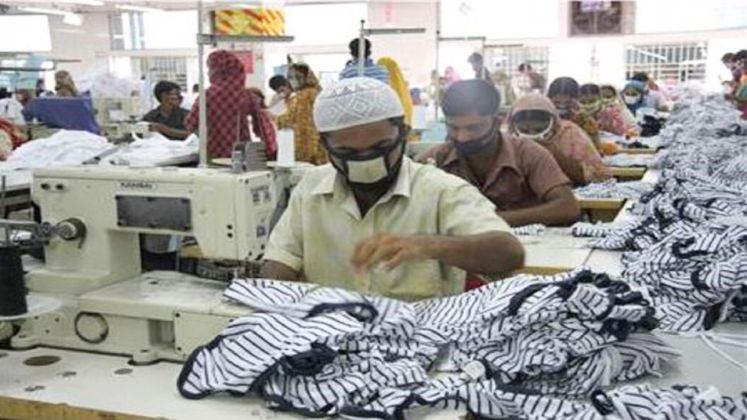
The prices of key garment items exported from Bangladesh to the United States have experienced a year-on-year decline during the January-October period of this year, primarily due to continued inflationary pressures affecting American consumers.
Data from the US Office of Textiles and Apparel (OETXA) reveals that prices for various garment categories have dropped significantly. Men’s cotton woven trousers saw a 7.7 per cent decrease, while women’s cotton woven trousers fell by 4.4 per cent. Other notable declines included men’s cotton woven shirts at 3.8 per cent, cotton knitted sweaters at 7 per cent, and cotton knitted T-shirts at 3.9 per cent.
As a result of these price reductions, garment shipments from Bangladesh to the US decreased by 3.33 per cent, totaling US $ 6.14 billion. In a broader context, overall apparel imports to the US declined by 0.33 per cent, reaching US $ 67.04 billion during the same timeframe. China remains the leading supplier of apparel to the US, followed by Vietnam, with Bangladesh maintaining its position as the third-largest garment exporter.
The decline in both prices and volumes can be attributed to the slow recovery of the US economy from persistent inflation, which has only recently begun to show signs of improvement in retail sales growth. Furthermore, domestic challenges within Bangladesh’s garment sector have contributed to this trend. Recent labour unrests have disrupted factory operations, causing delays in shipments and forcing manufacturers to offer significant discounts to avoid order cancellations.
Faruque Hassan, former president of the Bangladesh Garment Manufacturers and Exporters Association (BGMEA), noted that the negative import growth of clothing items by US retailers has had a detrimental effect on the volume and value of Bangladeshi exports. However, he expressed cautious optimism, stating that the US market is gradually rebounding, with shipments beginning to show a slight upward trend.
Hassan emphasised the need for the garment and textile sectors to receive adequate gas and power supply to operate at full capacity, recover lost exports, and ensure timely shipments. Additionally, the taka’s sharp depreciation against the US dollar, having lost 36 per cent of its value since January 2022, has contributed to the decline in per unit prices of local garments. Local manufacturers are also forced to accept lower-priced work orders to keep factories operational amid rising losses from idle machinery.
The garment industry is currently grappling with significant challenges, including labor unrest and factory closures in major industrial zones like Ashulia, Savar, Zirani, and Zirabo, further hampering production and timely shipment of goods.






